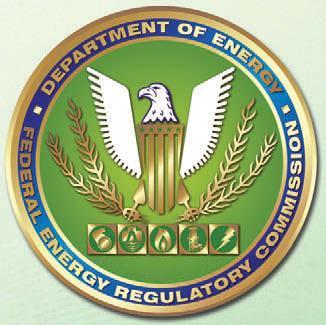
Staff with the Federal Energy Regulatory Commission in the U.S. have prepared a draft environmental impact statement (EIS) for licensing of the 1,200 MW Goldendale Energy Storage Project (P-14861) in Washington State.
Applicant FFP Project 101, LLC filed an application for an original license on June 23, 2020, to construct and operate the closed-loop pumped storage project, which would be located about 8 miles southeast of the city of Goldendale in Klickitat County, with transmission facilities extending into Sherman County, Ore. The project would occupy 18.1 acres of federal land owned by the U.S. Army Corps and administered by the Bonneville Power Administration. The Corps participated as a cooperating agency to prepare the draft EIS.
According to FERC, the primary issues associated with constructing and operating the Goldendale Energy Storage Project are:
Soil erosion and fugitive dust during construction;
Effects of project construction on surface and ground water quality;
Effects of water withdrawal for the initial fill and make-up water on downstream salmon migration;
Potential entrainment of salmon smolts when filling the reservoirs;
Increased concentrations of dissolved solids, nutrients and heavy metals in the reservoirs over time;
Loss of 193.6 acres of and temporary disturbance of 54.3 acres of wildlife habitat;
Increased risk of bird and bat mortality from wind turbine interactions caused by their attraction to the project reservoirs;
Unavoidable adverse effects on five individual archaeological resources, the larger Columbia Hills Archaeological District, and three Traditional Cultural Properties (Pushpum, Nch’ima, and T’at’aliyapa);
Reduction in access to usual and accustomed plant gathering sites; and
Changes in the aesthetic character of the landscape, particularly as it relates to Tribal cultural practices.
In the draft EIS, FERC staff recommended the staff alternative, which consists of issuing a license that includes the measures proposed by the applicant, as well as certain recommendations made by state and federal agencies and non-governmental organizations and some staff-recommended modifications.